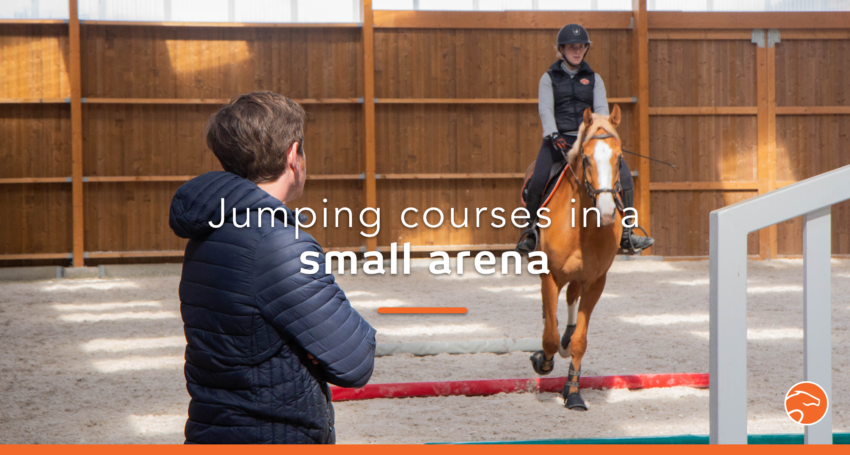
4 Jumping Course Ideas to Do in an Indoor Arena
Like every year in the depths of winter, you are looking for ideas to work with obstacles. So to switch up from the traditional gridwork exercises or cavalettis, we propose you 4 ideas of jumping courses to follow in a 40x20m indoor arena.
🔎 On the same topic : 4 Gridwork Exercises that You Have to Try
Table des matières
Equip yourself with your Equisense Motion S
Before you start, remember to equip yourself with your Equisense Motion S. It will allow you to confront your feelings with what really happened. Its use will also allow you to make sure that your horse is not struggling too much during this session.
Jumping Course Analysis
Indeed, each of these courses that you are going to perform will be automatically detected and analyzed by the Motion S.
With this feature, you will be able to check that :
- you had the right canter from the beginning (aim for a canter rhythm of about 100 strides/min)
- you maintained this right canter throughout the whole course. Try to have a maximum variation of +/- 5 strides/min over the whole course.
- your approaches were good, so you only have green arrows on all the jumps
- you have respected stride lines if there were any
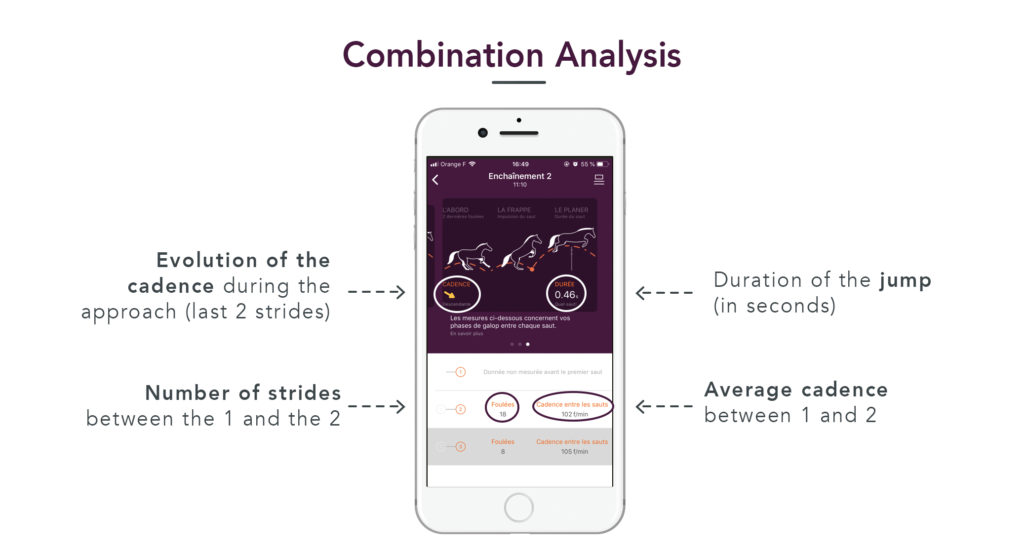
Heart Rate
Heart rate monitoring during this type of session is also important. Doing a lot of jumping courses right after each other can quickly raise the horse’s heart rate. By using the Equisense Motion S, you will then be able to check that your horse’s cardio remains within normal values (130 to 150bpm). You will also be able to check that these values fall back down quickly after the effort.
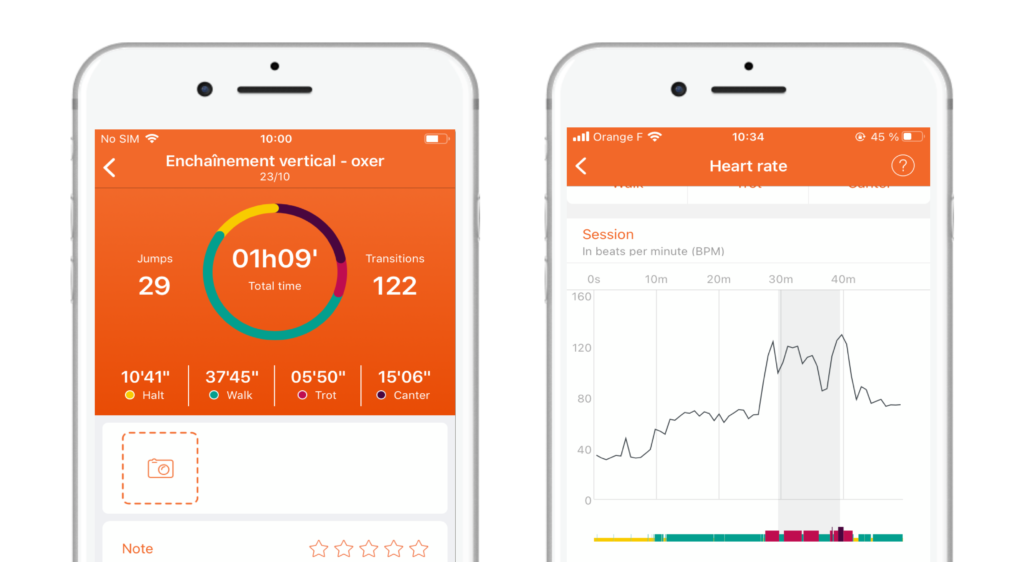
📚 On the same topic : Arrhythmia in Horses: How Serious Are They?
Jumping Course #1 : Competition Warm-Up Style
The first course is similar to what one could do when warming up for a competition.
Place 3 obstacles in the width, in the middle of your arena. The 3 obstacles must then be linked together in a serpentine shape, and then re-link the 3 obstacles but by crossing them the other way round.
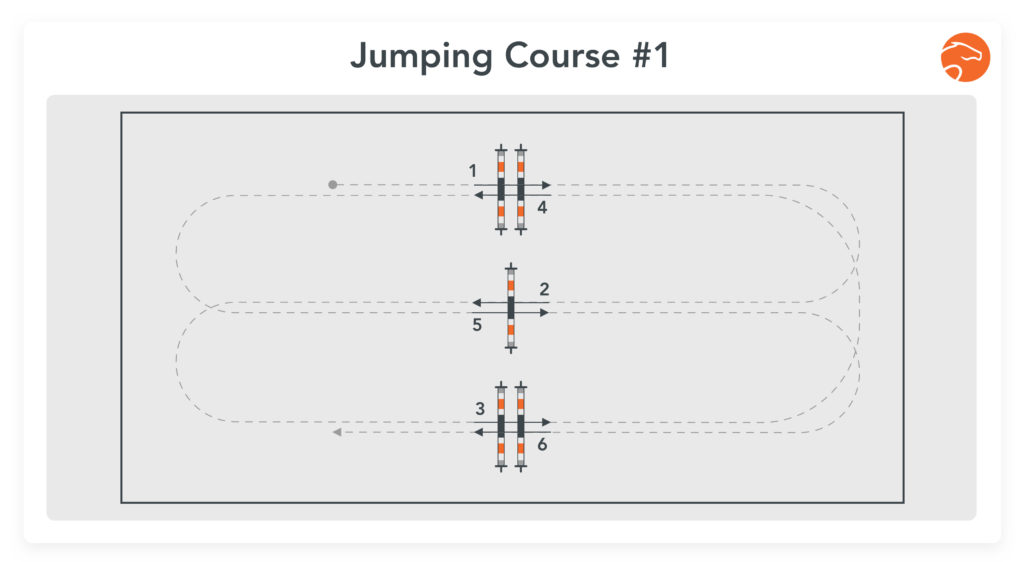
💡 Remember to put take-off poles on both sides of each obstacle, and square your oxers so that they are crossable in both directions.
Jumping Course #2 : Track – Diagonal – Track
This second course is a variation of the first. It is very simple to make and to link since it consists roughly of linking track – diagonal – track – diagonal.
💡 Remember to put take-off poles on both sides of each obstacle, and square your oxers so that they are crossable in both directions.
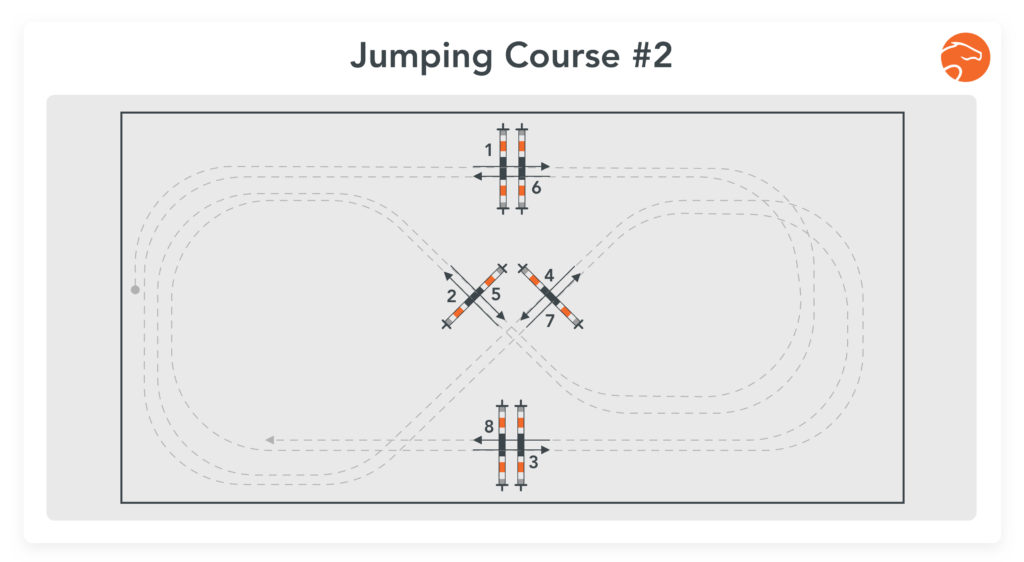
💡 Remember to put take-off poles on both sides of each obstacle, and square your oxers so that they are crossable in both directions.
📚 Must Read : 5 exercises for a horse rushing jumps
Jumping Course #3 : J and L
This sequence is a simpler variation of the exercise “The Mathematician” that you can find for free in the Equisense mobile app. (available on iOS and Android).
Depending on the difficulty you wish to have and the size of your arena, you can space the “J” and the “L” so as to achieve between 2 and 5 strides (or even more).
It is then simply a question of crossing the two obstacles oriented in the width by drawing a serpentine of 3 loops. Then continue with the two obstacles in the length, then take the serpentine but in the other direction.
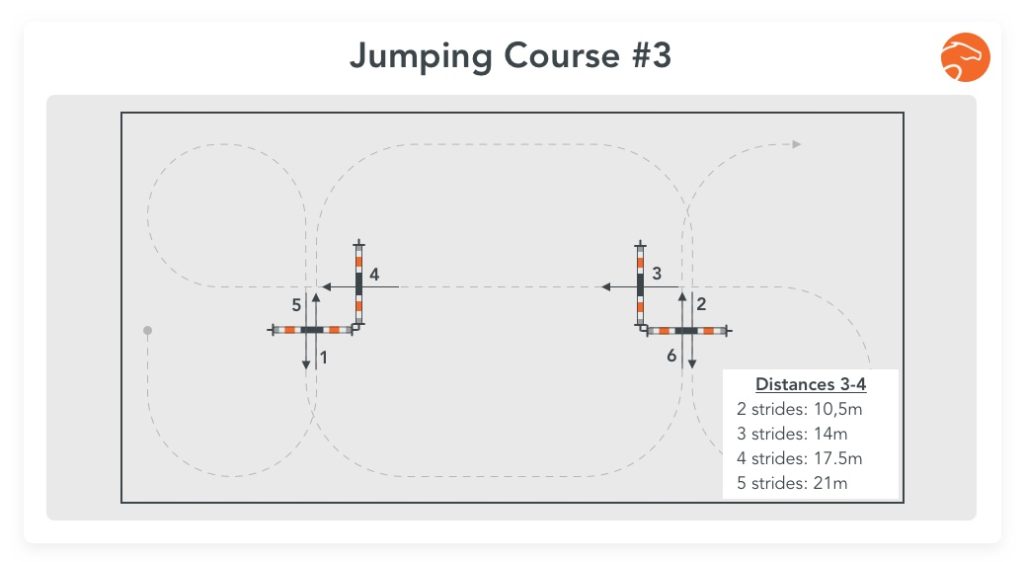
💡 If your arena is big enough, you can put 3 or even 4 devices in J or L on the length to make the course more complex!
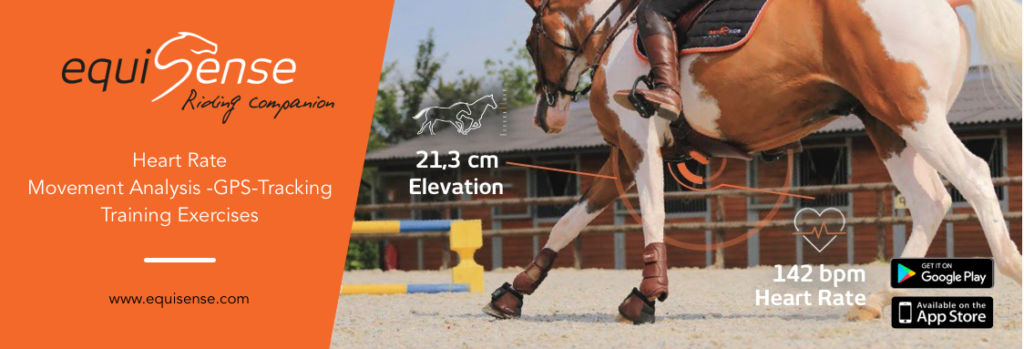
Jumping Course #4 : Jumping in 2 Squares
This jumping course is based on the “Jumping in a square” exercise that you will also find in the Equisense mobile application.
The exercise consists of drawing a figure eight or two perfect squares along the length of the arena.
💡 So you can choose to draw round corners between each jump to draw a perfect figure eight. On the contrary, you can choose to draw a perfect square by trying to get in the corners as well as possible.
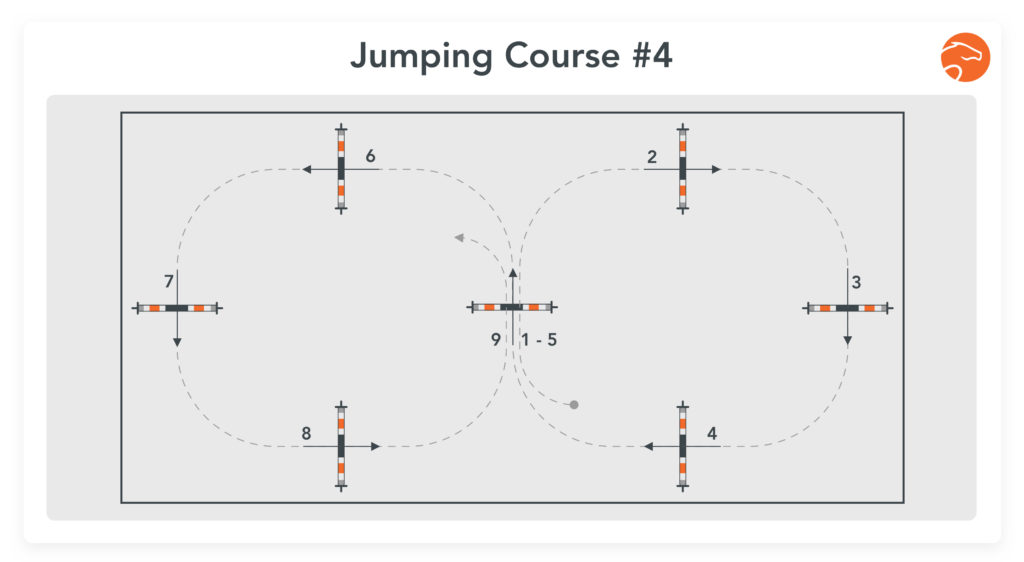
This exercise is very interesting because it forces you to work on the regularity on the whole course. Indeed, the distances are always the same between each obstacle. So you should always succeed in doing the same number of strides between each jump, while having a perfectly regular rhythm.
📲 Analyze this on the Equisense application thanks to the jumping course analysis of your Motion S.
🔎 Read too: 5 Jumping Combinations You Can Do with Few Equipment
The winter period is never the easiest to go through. But we hope that, thanks to this article and these exercises, your training will be all the more diversified and enriched. Also, we hope that the results will be felt when the competition season resumes!
See you soon for a new article,
Camille Saute
Co-founder of Equisense and R&D manager